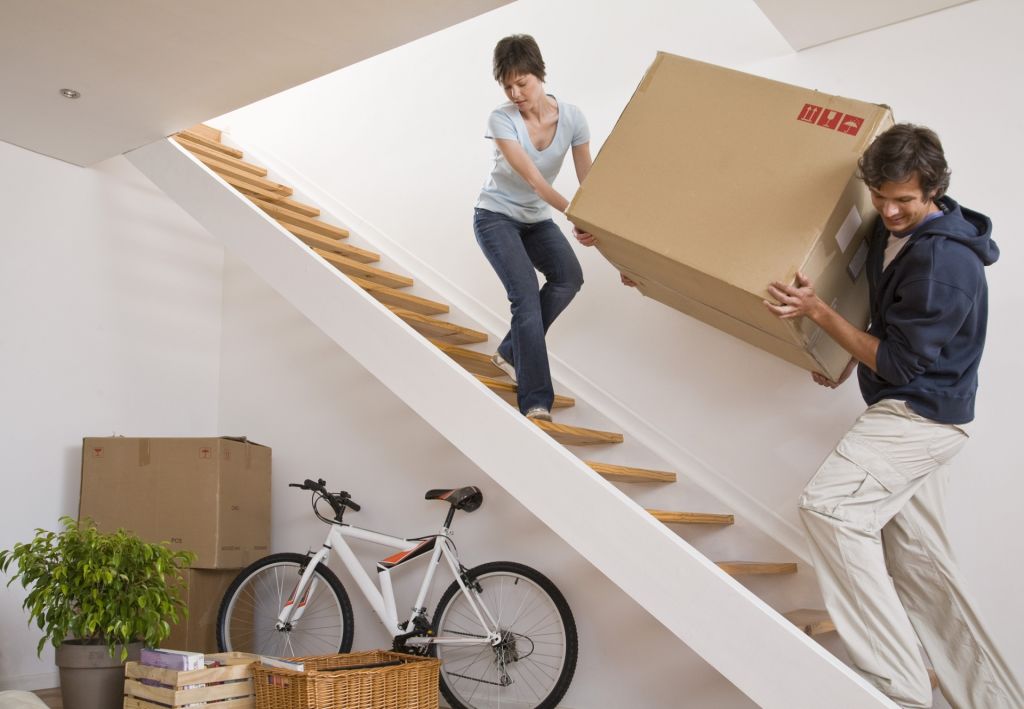Removing the hassles of moving interstate

According to the most recent data from the Australian Bureau of Statistics (ABS), 43% of the population moved house at least once in the five years to July 2008. And although most people who move house venture only a short distance, moving interstate is nevertheless a popular endeavour.
A move to a different state or territory throws up some factors with which you may be unfamiliar, but knowing the process in advance will save you time, money and hassle come moving day. Consider the following.
Removals
It’s generally a good idea to have the removalist pack your belongings for you, as they have plenty of experience in making sure goods reach their destination undamaged. Also, be sure to take out insurance on your goods. Sadly, accidents do happen, both to individual items during a move and even to the removalist’s van itself, so it’s worth taking out insurance for your peace of mind.
Because this isn’t a short move down the road, you’ll need to book your removalist in advance. Be sure to choose a company that regularly undertakes interstate relocations and confirm that they do in fact cover the areas you’ll be travelling from and to. Additionally, make a plan for what can be transported and what you wish to take with you personally.
Fresh food/live plants
Did you know that quarantine isn’t just for bringing things in from overseas? Each state and territory has its own restrictions on transporting fresh fruit and vegetables, soils, live plants and plant materials to control the spread of certain pests and diseases. Check out the Government’s Quarantine Domestic website for up-to-date information on what you can and can’t take with you.
Utilities
Most energy providers are state-based, meaning you may not be able to use your current provider in your new home. If you can transfer with the same provider, you’ll save yourself some cash. If not, be sure to budget the cost of a deposit for your new electricity and gas accounts, and have them – and your new phone – connected for your arrival.
Travel plans
With all the commotion associated with packing for a move, it can be easy to overlook the obvious things, such as how you and your family will travel. Driving in the family car is the easy option and means you’ll already have transport in your new state. However, interstate drives are not for the faint-hearted, particularly if it’s a long-distance trip. Instead, you could travel by train or plane, but these can limit the number of personal belongings you can take with you. Weigh up the costs, time and convenience of all the options.
Essential items
Be prepared for the event that your things don’t arrive at the same time as you do. In fact, it could take a number of days or even weeks for your belongings to get to you. A good idea is to pack several days’ worth of clothing for each member of the family to take with you. If you plan on driving, also take an ‘essentials’ box with you and fill it with items such as matches, a torch, a kettle, teabags and coffee, mugs, non-perishable snacks, cutlery, paper plates, toilet paper, essential toiletries and medicines. Having these things with you will save you the hassle of having to find a shop that’s open once you arrive after a long day of travelling.
With a bit of planning, your interstate move should run smoothly and let you focus on setting up your new home!
We recommend
We thought you might like
States
Capital Cities
Capital Cities - Rentals
Popular Areas
Allhomes
More







